For those on a fitness journey, a well-planned diet is crucial for achieving fat-loss goals. Many choose to prepare meals for the week in advance. Here are some effective food storage tips to help fitness enthusiasts store their fat-loss meals.
1. Ingredient Preparation
Before storing, select fresh ingredients. Focus on high-protein, low-fat foods such as chicken breast, fish, and tofu, accompanied by a variety of vegetables and whole grains.
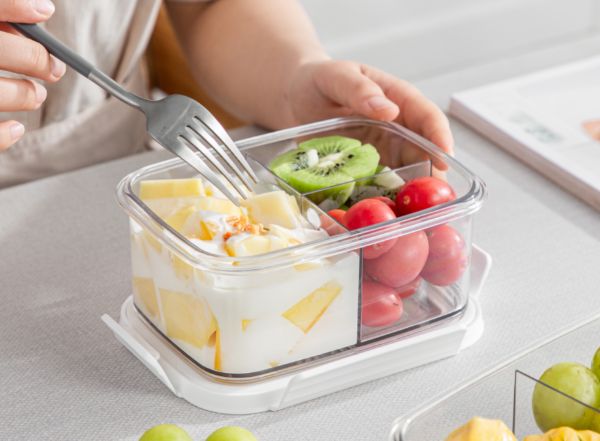
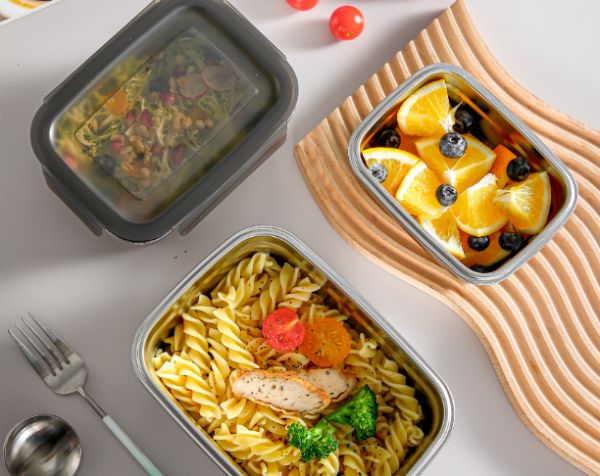
2. Proper Portioning
Divide the prepared ingredients into suitable airtight containers. Each meal should be packed separately for easy access and to help control portion sizes. Use glass or high-quality plastic containers that seal well to prevent spoilage.
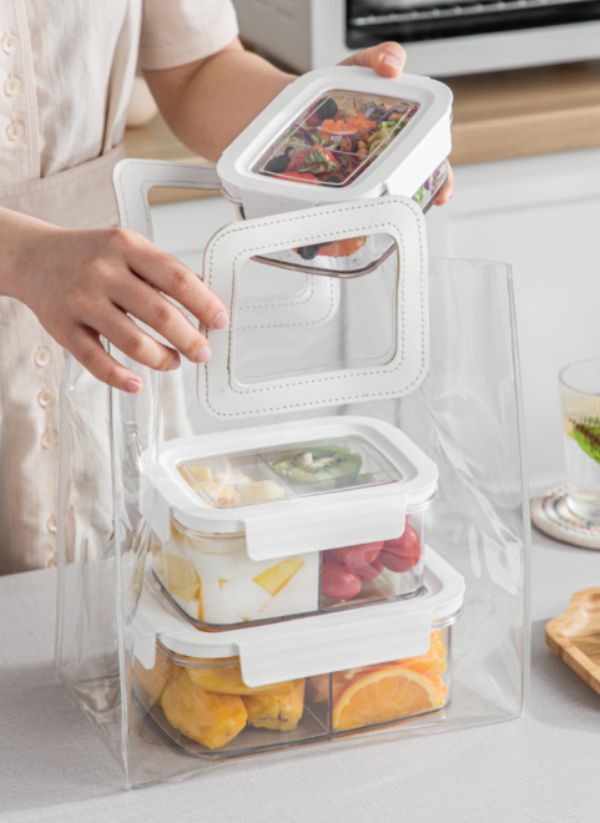
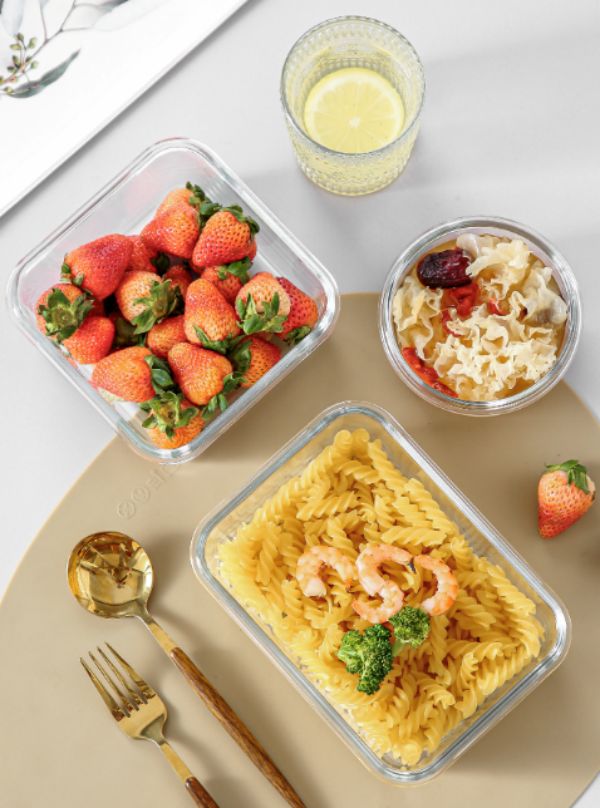
3. Refrigeration vs. Freezing
●Refrigeration: Best for short-term storage (3-5 days) of foods like cooked meals and salads. Keep the refrigerator temperature at or below 40°F (4°C) to prevent bacterial growth.
●Freezing: Ideal for long-term storage (up to a month or more). After portioning, label each container with the date to keep track of freshness. When reheating frozen meals, remember to thaw them safely, preferably in the refrigerator.
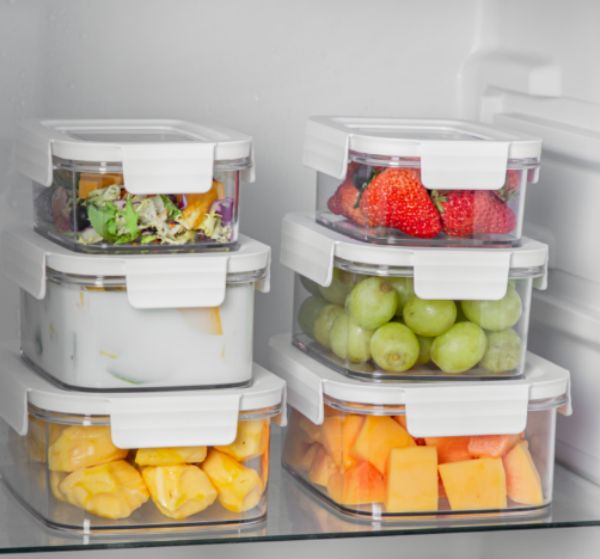
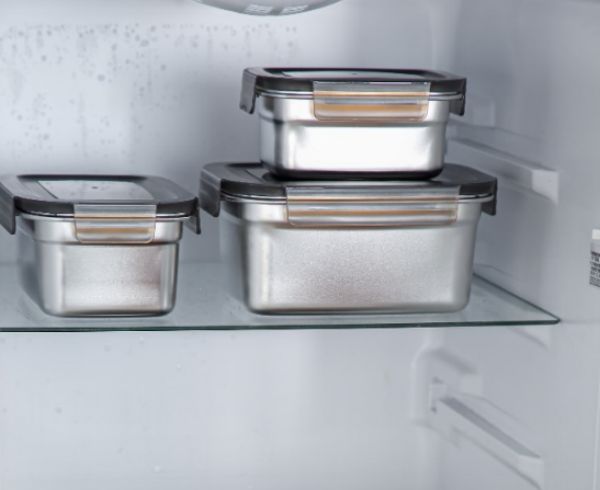
4. Food Labeling
Label each container with the food name and preparation date. This practice helps you manage the order in which to consume items, reducing the risk of eating spoiled food.
5. Regular Checks
Regularly check the contents of your refrigerator, disposing of expired items promptly to maintain cleanliness and freshness.
Conclusion
By employing effective storage methods, fitness enthusiasts can efficiently manage a week's worth of fat-loss meals, ensuring their diet remains healthy and delicious. Preparing and storing meals in advance not only saves time but also helps you stick to your eating plan and reach your fat-loss goals.
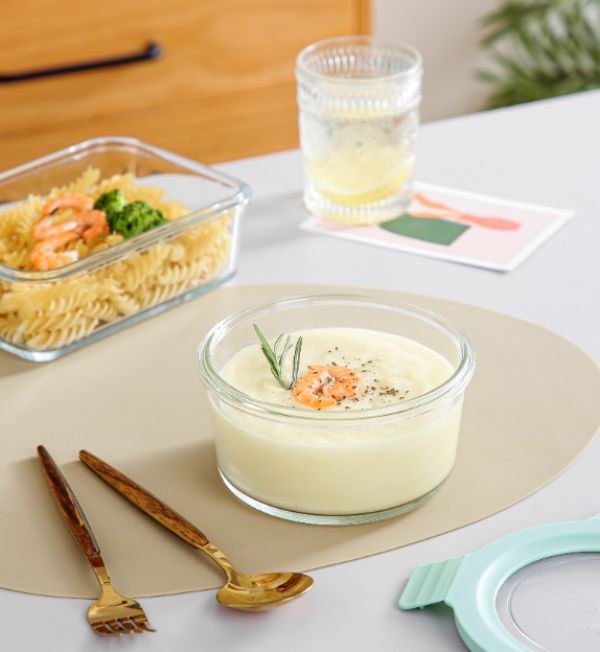
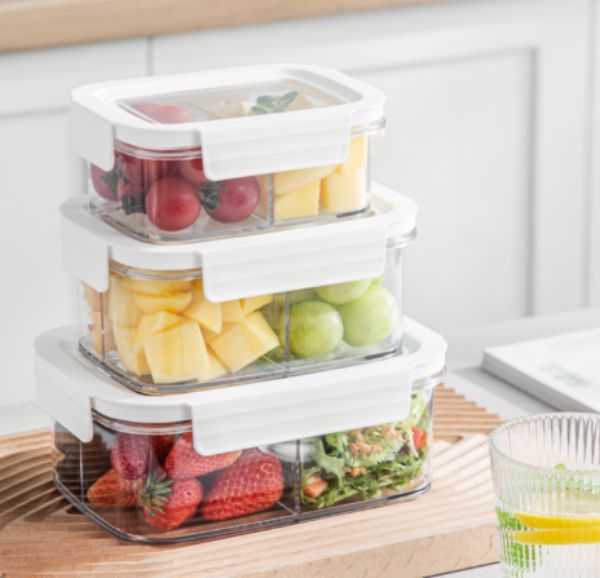
Post time: Sep-05-2024